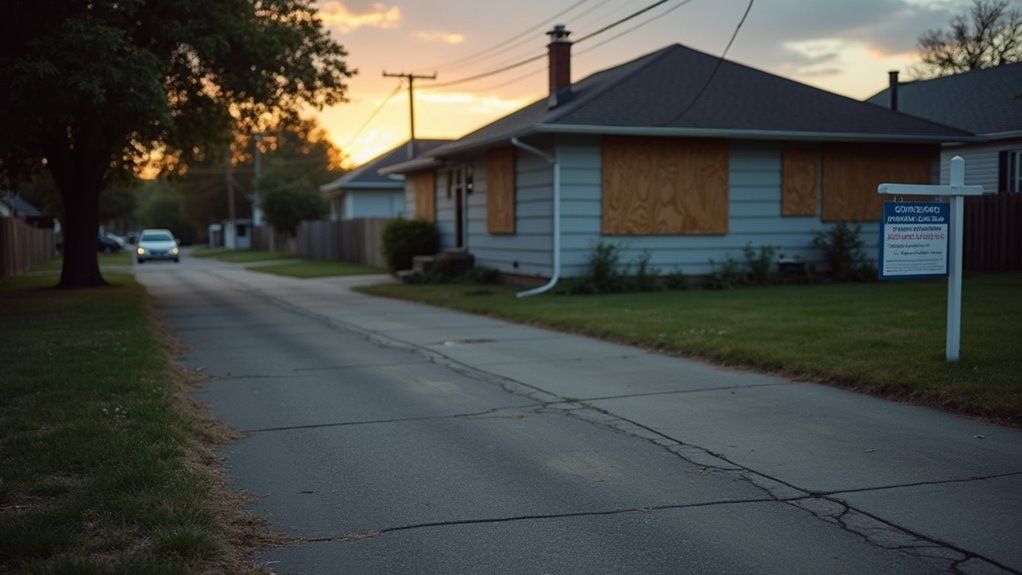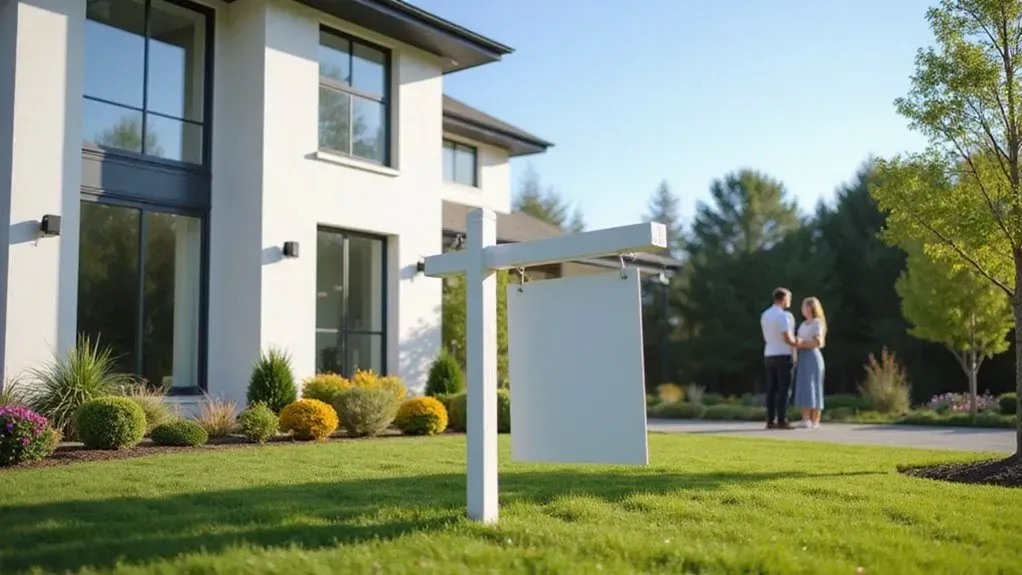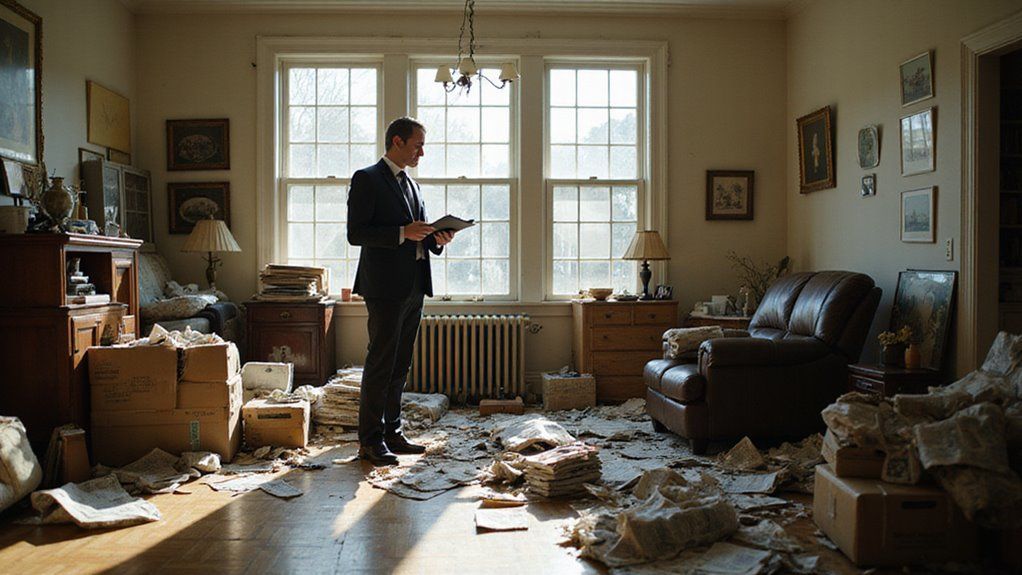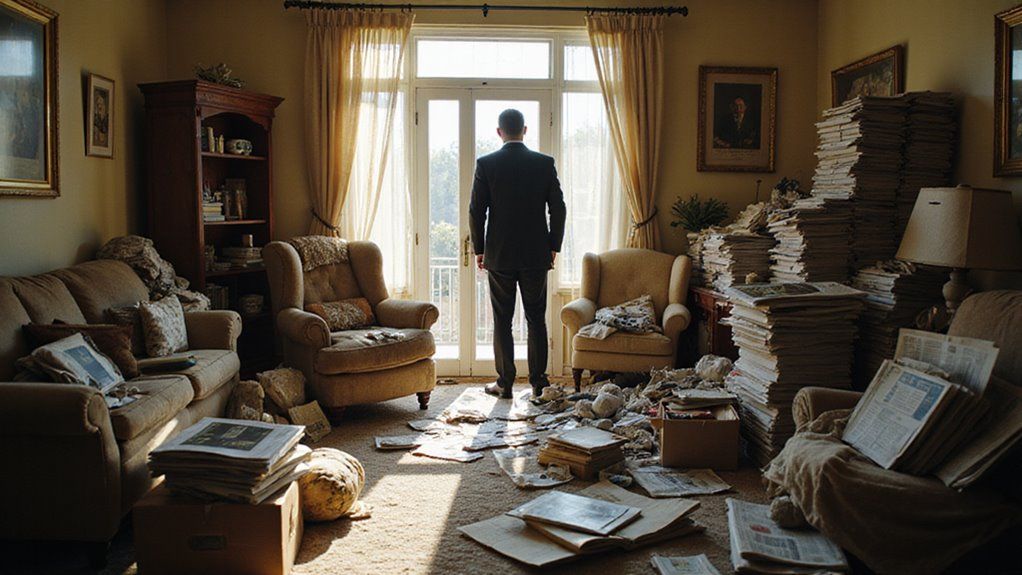How Hoarding Affects Property Value
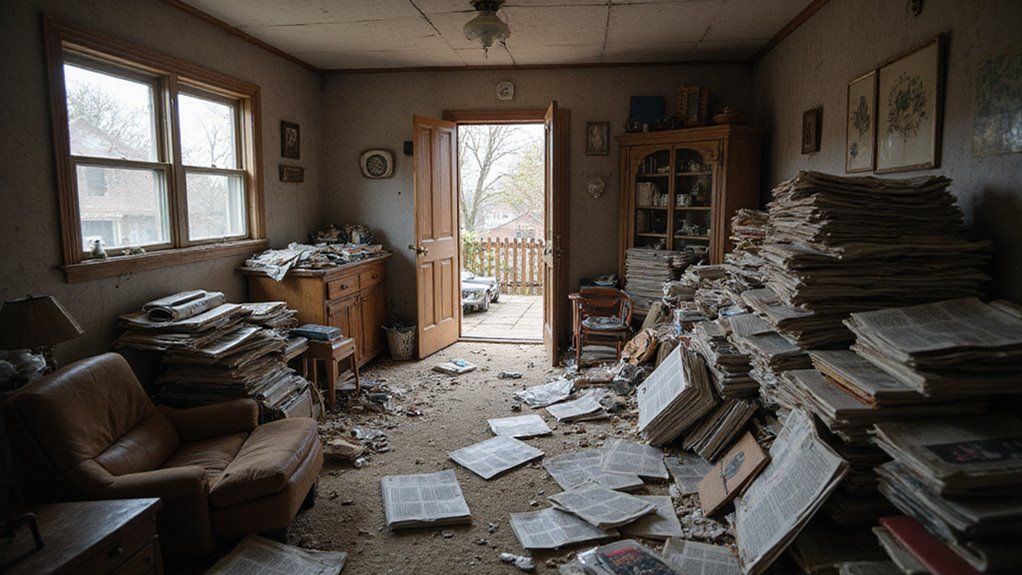
Hoarding is a serious problem that can lower the value of any property. Buyers and sellers often overlook the hidden costs of a cluttered home. If you own or manage such a property, you need to know the risks.
The mess from hoarding makes homes hard to inspect and repair. Safety hazards and hidden damage scare off buyers. This can lead to a property value drop of 20-30%, which is a big financial loss.
You can protect your investment by learning how hoarding affects property value and by taking action to fix the problem. Hoarding causes significant drops in property value, but you can recover with the right steps. This blog will show you how to spot the risks and how to restore your property’s value.
Key Takeaways
- Hoarding reduces property value by 20–30% due to excessive clutter, hidden damage, and lower buyer appeal.
- Clutter conceals issues like water damage, pests, and mold, leading to costly repairs and reduced appraised value.
- Homes with severe hoarding face higher insurance premiums, claim denial, and code violations, further decreasing value.
- Poor curb appeal and neglected exteriors from hoarding lower perceived value and discourage potential buyers.
- Professional cleanup and repairs for hoarded homes are expensive, but necessary to restore value and marketability.
Defining Hoarding and Its Stages
Hoarding is a mental disorder that causes people to struggle with throwing things away. The condition is not just about having clutter. It involves a strong emotional attachment to items, regardless of their real value. Legal deadlines and timelines can influence how quickly a property with hoarding issues is sold, especially if legal or probate processes are involved.
The disorder is divided into five stages, from mild to severe. In early stages, people may hesitate to get rid of belongings because of emotional reasons. If hoarding gets worse, homes can become unsafe and hard to sell.
Property buyers should know these stages when evaluating a home. Understanding the risks and possible cleanup costs helps with better investment decisions. If a property shows signs of hoarding, investors can plan for extra time and expenses.
Common Signs of Hoarding in Residential Properties
When you assess a property, watch for excessive clutter accumulation that restricts usable space and signals potential hoarding. Blocked exits and pathways not only reduce market appeal but also raise serious safety and code compliance concerns. These factors can directly impact both the property’s value and its attractiveness to buyers.
Additionally, thorough research of cash buyers can help you understand which buyers might overlook certain issues or be willing to consider properties with challenges like hoarding. Understanding local market trends can also assist in pricing and marketing a property with such issues effectively.
Excessive Clutter Accumulation
Excessive clutter accumulation is often the most obvious sign of hoarding. Real estate professionals should watch for this when evaluating properties. A cluttered home can hide the real size and condition of the space.
Piles of items may block doorways and rooms. If clutter covers built-in storage, it is hard to see how much storage exists. Rooms may not be used for their intended purposes.
A home with excessive clutter is often not cleaned regularly. If cleaning and organizing are neglected, property value can go down. Investors should consider these factors when assessing a property.
Blocked Exits and Pathways
Blocked exits and pathways are serious safety problems in homes. If exits or pathways are blocked, people cannot leave quickly in an emergency. This creates a direct risk for anyone inside the property.
Blocked exits also cause legal and insurance issues. Fire marshals may fail your inspection if they find exits blocked. Insurance companies can raise rates or even deny coverage.
If buyers see cluttered pathways, they may lose interest. Properties with blocked exits often sell for less. Research shows these homes can lose up to 15% of their value.
Clutter also makes property showings difficult. Repairs and cleaning become harder when access is blocked. If you want to sell for a good price, you must clear all exits and pathways.
Impact on Curb Appeal and First Impressions
You’ll notice that overgrown lawns, cluttered yards, and neglected exteriors can instantly lower a property’s perceived value, with market studies showing curb appeal influences up to 7% of sale price variance.
Buyers often form negative impressions when window blockages and poor maintenance are visible from the street. These factors signal potential underlying issues, reducing buyer interest and competitive offers. Maintaining a well-kept exterior can enhance curb appeal and positively impact a property’s marketability.
Additionally, addressing visible damage and ensuring the property appears safe and inviting can help mitigate the negative effects of fire damage or other issues that may have previously impacted the home's appearance.
Overgrown Lawns and Clutter
Overgrown lawns and clutter make a house look uncared for. These issues lower curb appeal and can decrease the selling price. Buyers often notice these problems right away.
If lawns have tall grass or weeds, people think the home has other maintenance problems. Visible clutter on the property can also cause safety worries. Buyers may offer less money or lose interest.
A messy yard and cluttered exterior reduce your home's market value. Potential buyers might believe there are hidden problems inside. Clean, tidy yards help homes sell faster and for more money.
Exterior Maintenance Neglect
Exterior maintenance neglect lowers a home's curb appeal and reduces its market value. Buyers notice issues like poor landscaping or faded paint right away. If the outside looks bad, people may assume the inside is not cared for either.
Real estate data shows that neglected exteriors can sell for up to 10% less than well-kept homes. Peeling paint, broken fences, or damaged siding can each drop the home's value by several percent. If you want to sell your home quickly and for a good price, you should fix these problems.
First impressions are important. Buyers might skip showings or make lower offers if the exterior looks neglected. Addressing these issues early can help protect your investment.
Visible Window Blockages
Windows are important when judging a home's value because they affect both curb appeal and first impressions. If windows are blocked, buyers may worry about poor upkeep and hidden issues. Clean, clear windows help your home look cared for and welcoming.
Blocked windows let in less natural light, making rooms look smaller and less comfortable. Appraisers may lower the value if windows are dirty or covered. If buyers notice blocked windows, they may skip viewing the home.
Good window cleaning and clear views can raise your home’s value. If you keep windows open and clean, buyers will feel more positive. Listings with clear windows often sell faster and attract more interest.
Challenges for Home Inspections and Appraisals
Hoarding conditions make home inspections and appraisals less accurate. Inspectors may not reach important areas, so problems can go unnoticed. Appraisers cannot see the true size or finishes of each room if clutter blocks their view.
Proper home preparation, including decluttering, can significantly improve inspection and appraisal outcomes. If key areas are blocked, inspectors may miss issues that affect value. Appraisers may give lower estimates because they cannot fully assess the home.
Reports may flag these conditions, which can discourage buyers and lenders. Homes with lots of clutter often stay on the market longer and may sell for less money. If you declutter and use storage solutions before an inspection, professionals can do their jobs better. This helps them give a more accurate value and makes your home more appealing to buyers.
Hidden Damage and Deferred Maintenance
Clutter can hide water damage, pests, or structural problems in your home. These hidden issues grow worse over time if not found early. You may face expensive repairs and lower home value when selling.
If belongings block access, you might miss leaking pipes, roof issues, or bad wiring. Missed maintenance often leads to failed inspections and further damage. Properties with hidden problems usually sell for 20-30% less. In addition, proper documentation can help reveal issues that might not be immediately visible, especially when dealing with probate or legal sales.
Missed repairs can cost up to three times more when finally fixed. Proper storage and decluttering can help you spot problems sooner. If you keep your home organized, it will be easier to maintain and more appealing to buyers. Additionally, thorough research on your home's condition can help identify issues before they escalate.
Increased Risk of Pests and Infestations
Excessive clutter increases the risk of pests and infestations in your home. Rodents, cockroaches, and insects find shelter and food among clutter. If you allow clutter to build up, pests are more likely to move in. Pests hide in piles of items and avoid detection.
Routine cleaning becomes difficult, making it easier for infestations to grow. Data shows cluttered homes get pest problems two to three times more often than tidy ones. Understanding cash home buyers can help you make informed decisions to protect your property from such issues. Visible pest issues can lower your property value. If buyers see pest signs, they may offer up to 20% less. In a competitive market, even minor infestations can slow down a sale or lead to expensive repairs.
You can reduce these risks by keeping your home tidy. Regularly removing clutter and checking for pests helps protect your investment. Additionally, clutter provides hiding spots for pests, making eradication more difficult once an infestation occurs. If you act early, you avoid bigger problems later.
Mold, Mildew, and Indoor Air Quality Issues
You’ll notice that excessive clutter traps moisture, raising humidity levels and accelerating mold and mildew growth. This not only drives up respiratory health risks for occupants but also threatens the property’s structural integrity. Market data shows that homes with significant indoor air quality issues consistently sell below comparable properties in better condition.
Proper maintenance and timely repairs can help mitigate these risks and preserve property value. Additionally, cash home buyers often prioritize properties in good condition, which can impact the speed and profitability of a sale if issues like mold are present.
Increased Humidity and Growth
Excessive clutter in hoarded homes raises humidity, which directly lowers property value. Items block airflow and trap moisture, creating ideal conditions for mold growth. Moisture and mold make homes less attractive to buyers.
Blocked vents cause air to stagnate and increase humidity even more. Mold spreads quickly in these damp spaces and can be very expensive to remove. Removal costs can be over $10,000 per incident.
If humidity and mold are not controlled, they can damage walls, floors, and insulation. Damaged parts of the home decrease the overall value during appraisal. Homes with mold may lose up to 30% of their value.
Persistent humidity and mold will also make it harder to insure the home. Buyers are less likely to purchase homes with visible damage. If clutter is not managed, selling the property at market value becomes much more difficult.
Respiratory Health Concerns
Poor indoor air quality in hoarded homes lowers property value. Mold and mildew cause health risks and make homes less desirable. Buyers may avoid these homes, leading to lower offers.
Mold growth can reduce home value by up to 20% if not addressed. Lingering mildew odors often make homes stay longer on the market. Buyers notice these problems right away during visits.
Airborne contaminants lower buyer interest and cause failed air quality tests. Negative inspection reports may force owners to pay for expensive clean-up. If you fix these issues early, you can protect your property’s value.
Structural Damage Risks
Hoarding can cause serious structural damage to your home. Excess clutter traps moisture and blocks airflow, leading to mold and mildew. These problems lower your property value.
Mold can damage drywall, wood, and floors, which increases repair costs. If buyers notice poor air quality, they may offer less for your home. Mold removal often costs between $1,100 and $3,400 per case.
If you do not manage clutter, you may miss early signs of water leaks or damage. Lack of storage solutions makes it harder to spot and fix issues. Proactive clutter control and smart storage help protect your home’s value.
Fire Hazards and Safety Concerns
Hoarding increases fire hazards and creates serious safety concerns for any property. Clutter can block exits and slow down emergency help. It also adds more flammable items, which raises the risk of a fire starting.
The National Fire Protection Association reports that hoarding makes fires more damaging and dangerous. If you own or invest in property, you should focus on fire safety. Ignoring these risks can make your property harder to sell or rent. Regular inspections and good clutter management help reduce fire risk. These steps are important to keep your property safe and valuable.
Additionally, property maintenance plays a crucial role in preventing hazards before they happen. Proper property upkeep and adherence to landlord-tenant laws are essential for managing safety risks associated with hoarding. If you want to meet safety rules and market needs, you must prevent hazards before they happen.
Effects on Insurance Coverage and Claims
You’ll see that insurers view hoarding as a major risk factor, with fire hazard rates rising significantly in cluttered homes. Data shows that properties with excessive clutter face higher premiums and a greater chance of claim denials.
This increased risk directly impacts your coverage options and long-term property value. Additionally, legal disclosure requirements for flood and mold issues can further complicate insurance claims and settlement processes.
Increased Fire Hazard Risk
Hoarding increases the risk of fire in a home. Extra clutter provides more fuel for fires and blocks escape routes. If a fire starts, it can spread quickly and become harder to control.
Insurance companies may charge higher premiums for homes with hoarding risks. Some insurers may also limit coverage if hoarding is present. If you reduce clutter and improve storage, you may lower your insurance costs.
Blocked paths can slow fire department response times. This delay increases both property damage and personal danger. If your home has a higher fire risk, its market value can drop by up to 25%.
Claim Denials Likelihood
Insurers deny claims more often when hoarding is found in a property. Data shows the chance of claim approval can drop by 40% in these cases. Hoarding makes it easier for insurers to reject claims.
Hoarding may break policy rules about property care and safety. Insurers can cancel or refuse to renew policies after a hoarding-related claim. If hoarding is suspected, expect careful inspections and possible legal issues.
If you have hoarding in your home, your claim may face extra checks. You might also have a harder time getting future coverage. Hoarding can risk both your home and your insurance.
Influence on Neighborhood Property Values
Hoarding in a home can lower neighborhood property values. If one house looks neglected, nearby homes may lose up to 10% in value. This happens because buyers see the area as less attractive.
Visible clutter often keeps buyers from visiting or showing interest in homes for sale. If appraisers notice a hoarded property, they may reduce the value of nearby homes. This can make it harder for neighbors to sell their houses.
Overflowing items and poor home care weaken the neighborhood’s appearance. If the area starts to look run-down, people may not want to move there. Such issues can lower your investment return if you own property nearby.
Legal and Zoning Implications
Legal and zoning rules affect properties with hoarding issues. Local governments have strict codes to keep neighborhoods safe and clean. If you own a property with hoarding, you may face legal problems.
Many towns require properties to meet health and safety rules. Hoarding can cause code violations, which may lower your property’s value by 10-15%. If your home breaks these rules, you could get fined or be forced to fix the problem.
Missed inspections due to hoarding can hurt your chances of refinancing. Title insurance may also become harder to get. Staying updated on local laws can help you protect your property.
Barriers to Selling a Hoarded Home
Hoarded homes are difficult to sell because of clutter, damage, and hidden problems. Buyers often feel unsure about the home's true condition. These homes usually stay on the market longer and sell for less than similar homes.
If buyers think a house needs major repairs or cleaning, they may not make an offer. Limited access to important areas can make inspections harder, which lowers buyer confidence. If the home is decluttered and cleaned, it may attract more interest.
Sellers should know that fixing these issues can take time and money. If you address these concerns, you could increase the home's value. Understanding these barriers helps you plan the best way to sell a hoarded home.
Costs of Cleanup and Professional Remediation
Cleaning up a hoarded home can be very expensive. Costs for professional cleanup usually range from $1,000 to over $25,000. The price depends on how much clutter, damage, and biohazard risk is present.
Special cleaning services and waste removal are often needed. Pest control may be required if there are infestations. If the home is severely hoarded, only professionals with safety training should do the work.
Homes that are not cleaned properly can lose up to 30% of their value. If you want to rent or sell the home, proper cleanup is important. Understanding these costs helps you plan your budget and protect your investment.
Strategies for Restoring Property Value
Restoring property value after hoarding starts with targeted repairs and simple upgrades. These steps help increase your property's appeal and market value. If you make these changes, buyers are more likely to pay higher prices.
Start by fixing any structural damage and replacing broken fixtures. You should also remove odors, as clean homes attract more interest. If needed, hire professionals to organize clutter for better visual appeal.
Consider installing built-in shelves or closet systems to add storage space. Neutral paint colors and new flooring can make rooms look fresh. These affordable updates can help your home sell faster and for more money.
Conclusion
If hoarding is left unaddressed, property values can drop by as much as 20-30%. Potential buyers may feel overwhelmed by clutter and hidden damage. Inspections and sales often become complicated or delayed in these situations.
If homeowners want to restore property value, they must take action quickly. A thorough cleanout and repairs will make a big difference. Marketability improves when the home is safe, clean, and ready for showings.
If you need to sell your house quickly, we can help. At Jay Primrose Properties, we buy houses for cash in any condition. Contact us today to learn how we can help you move forward.
Give us a call anytime at 253-697-0007 or fill out this quick form to get started today!
Get A Fair Cash Offer On Your House

About the author
Justin Baker
Justin Baker is the founder of Jay Primrose Properties, a leading cash home buying company based in Tacoma, WA. With a passion for real estate investing, Justin has helped numerous homeowners in the Pacific Northwest region sell their homes quickly and hassle-free. Justin believes that buying and selling real estate should be a seamless process and works tirelessly to ensure that his clients have a stress-free experience. With a deep understanding of the local real estate market and a commitment to exceptional customer service, Justin has established himself as a trusted and reliable cash home buyer in Tacoma and the surrounding areas.




